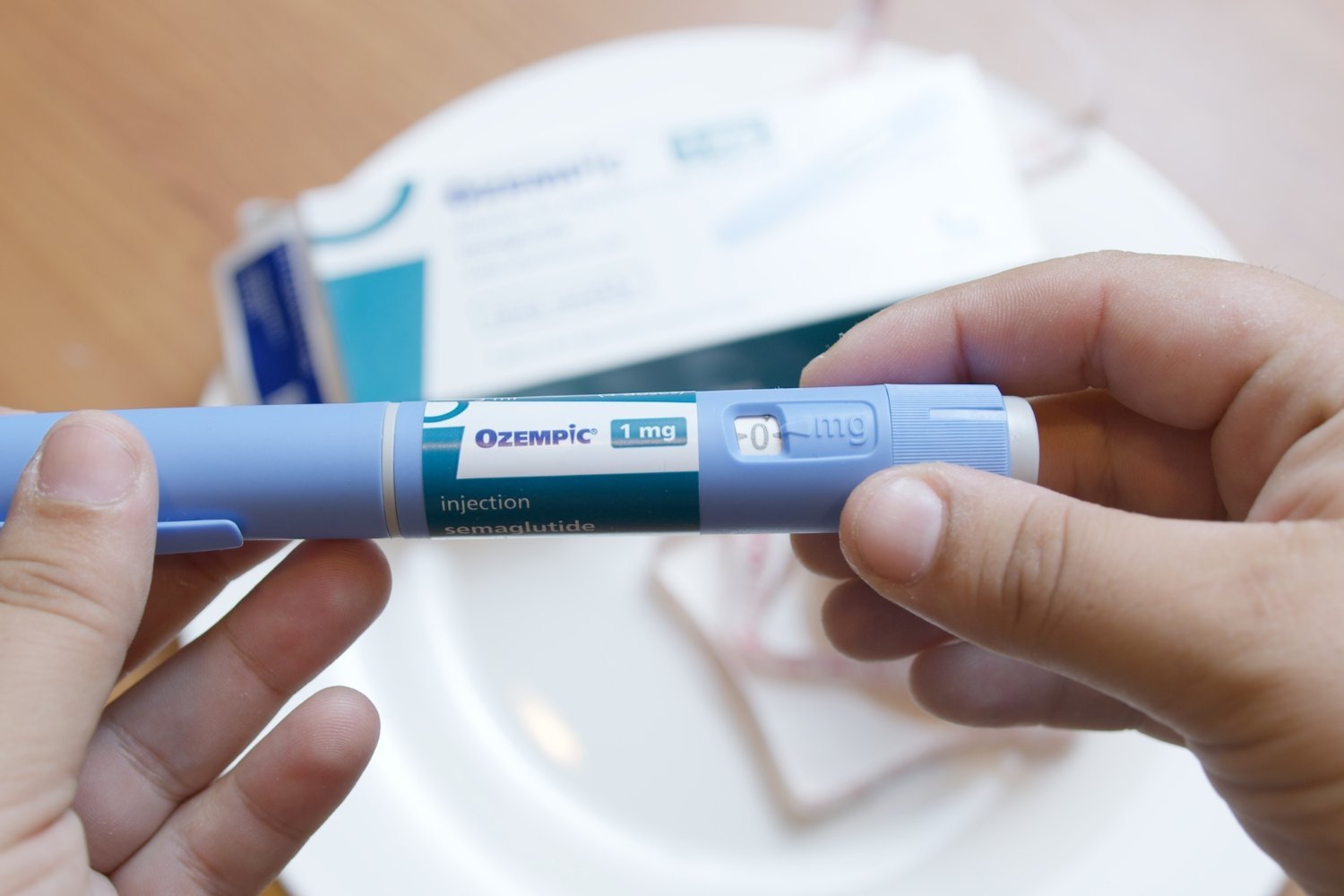Hiccups are a common, albeit annoying, experience. A fleeting spasm of the diaphragm, they usually vanish as quickly as they appear. But what happens when hiccups persist for years, defying all conventional treatments? This intriguing case report details the ordeal of an elderly man whose relentless hiccups were ultimately traced to a rare allergic condition: eosinophilic esophagitis (EoE).
This unusual medical case, published in the Journal of Medical Case Reports, highlights the diagnostic challenges and successful treatment of a man whose persistent hiccups significantly impacted his quality of life. For over two years, he experienced intermittent episodes of hiccups, unresponsive to various medications like baclofen (a muscle relaxant), chlorpromazine (an antipsychotic), and proton-pump inhibitors (used to treat acid reflux). His condition escalated to two weeks of continuous hiccups accompanied by fatigue, necessitating hospitalization.
Initial examinations yielded no clear cause for the debilitating hiccups. However, a blood test revealed a significantly elevated eosinophil count – white blood cells typically associated with parasitic infections and allergic reactions. While a normal adult eosinophil count ranges from 1% to 4% of total white blood cells, the patient’s count reached 18%, with no evidence of parasitic infection. Further testing confirmed the diagnosis of eosinophilic esophagitis (EoE).
EoE is characterized by an abnormal accumulation of eosinophils in the esophagus, although it can affect other areas of the body. While triggered by allergens like certain foods, EoE differs from typical food allergies. Reactions are often delayed, unlike the immediate response seen with peanut allergies. Although EoE affects nearly half a million Americans, its prevalence is increasing, and much about the condition remains unknown. Genetics likely play a role, but the exact mechanisms are still being investigated.
This particular case presented an atypical manifestation of EoE. Common symptoms include difficulty swallowing, heartburn, and food impaction, none of which the patient experienced. His age was also unusual, as EoE is typically diagnosed in early childhood or during the 30s and 40s. The connection between EoE and chronic hiccups is rare, with only two other suspected cases documented in medical literature. It’s hypothesized that the esophageal inflammation disrupts the vagal nerve, which communicates with the diaphragm, leading to the persistent hiccups.
Initially, the patient received a combination of a proton-pump inhibitor and baclofen, providing only partial relief. However, switching to a topical steroid proved remarkably effective. Within a week, his hiccups subsided, and his eosinophil count returned to normal levels.
This case underscores the importance of considering EoE in patients with chronic, refractory hiccups, even in the absence of typical EoE symptoms. The successful treatment with topical steroids highlights its potential as an effective intervention. As the doctors concluded, this case serves as a reminder that EoE can present in unusual ways and should be considered in the differential diagnosis for persistent hiccups. Prompt treatment with topical steroids can offer significant relief and improve the patient’s quality of life.











